Two Herrenknecht tunnel boring machines from Schwanau in Germany have become household names in the Vancouver region of Canada. Due to a committed campaign of the provincial government of British Columbia to connect the people in and around Vancouver with the project.
Reading time: 10 minutes
“Calling young artists! We want to know where the Broadway Subway Project will take YOU! Kids aged 12 and under can draw or paint a picture of where they’d like to go on the Millennium Line extension.”
This call originated from an outreach by the provincial government for British Columbia in western Canada. The campaign shows how the major expansion project for SkyTrain, the mass transit rail system serving the city of Vancouver and adjacent communities, is going to make a difference in the lives of many thousands of people of all ages for generations to come. The kids' artwork will be featured on a temporary mural on the construction fence at Broadway-City Hall Station jobsite.
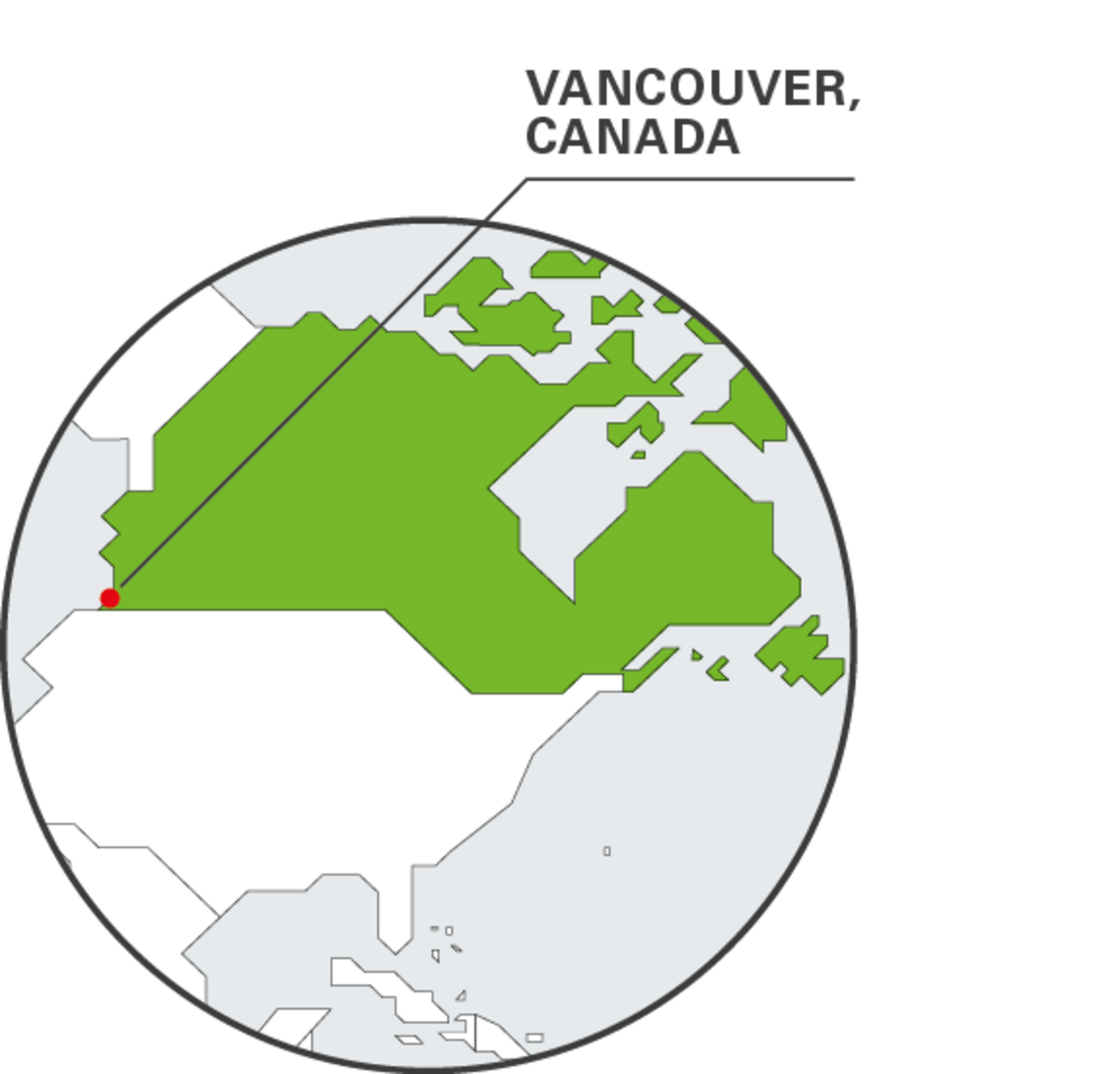
SkyTrain is operated by the regional government transit agency TransLink. British Columbia's government is not waiting for future passengers to grow up to introduce the Broadway Subway Project, as the expansion project is known. A significant part of the Province's extensive interactive public information campaign can be found online. The engaging interactive content is aimed at children, with colorful cartoons depicting the progress of the tunnelling that will add 5.7 kilometers to SkyTrain’s existing 79.6 kilometers of standard-gauge track.
Elsie and Phyllis: TBMs with star potential
The Broadway Subway Project website also features videos and graphics tracking project progress, from station excavation and laying concrete slabs to tunnelling and timelines.
The stars of the show are the two Herrenknecht tunnel boring machines Elsie and Phyllis that have become local celebrities not only online but in local newspapers, radio, and especially television reports.
“My three-year-old is obsessed with the tunnelling machines,” one young mom lightly admits. School classes are able to use the Broadway Subway Project’s “Learning Hub” for STEM lessons, short for Science, Technology, Engineering and Mathematics. At home, particularly tunnelling-keen students who face dad jokes like “Aren’t those tunnelling lessons boring?” can counter by reciting impressive statistics about the two machines of the Earth Pressure Balance Shield type.
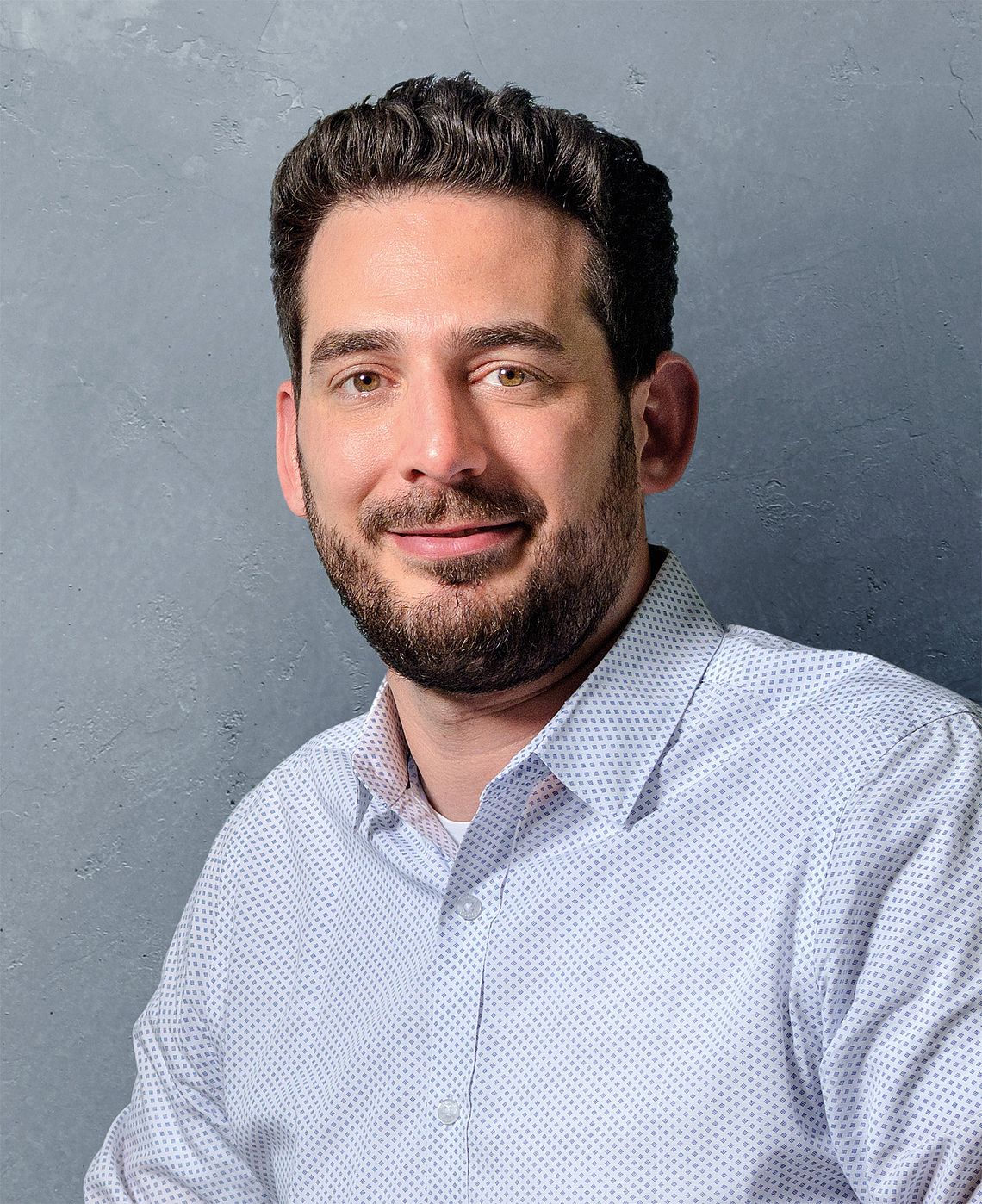
5 blue whales and 333 elephants
The two TBMs, which the website reports are as long as five blue whales (150 meters) and as heavy as 333 elephants (1 million kg), are referred to in everyday conversation by their nicknames, Elsie and Phyllis. The names honor two prominent Canadian pioneers of the past: Elizabeth “Elsie” MacGill, the first woman aeronautical engineer and professional aircraft designer in the world, known as "Queen of the Hurricanes". And Phyllis Munday, a Sri Lankan native who moved to Canada as a teenager and became a nurse, mountaineer, and founder of both the Girl Guides in British Columbia and the St. John Ambulance brigade in North Vancouver.
The tunnelling exploits of the two Herrenknecht machines are closely followed, with online bulletins about their movements and successes. Such as the polished one-minute video “The Voyage of the Tunnelling Machines” following them from Germany across the Atlantic and the North American continent. Whenever a tunnelling machine reaches a new station, news stories trumpet the “breakthrough”.
“The support from the public has been very encouraging. People can see the benefits for generations to come.”
Steffen Dubé, President and General Manager, Herrenknecht USA and Canada
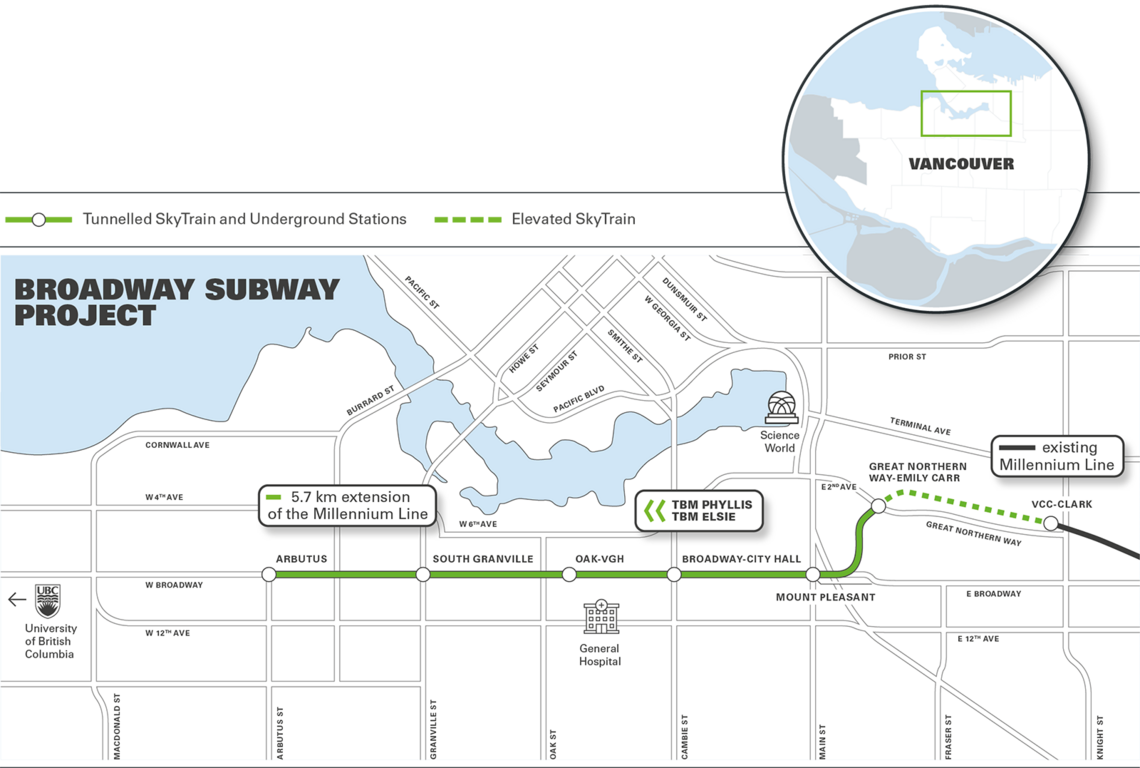
The route of the two Herrenknecht machines, excavating and lining 3.5 kilometers of new metro tunnel each.
Progress in the project is in the news
British Columbia’s Ministry of Transportation and Infrastructure has this perspective: “This is an exciting project for the region, and we’re making good progress. The EPB Shields were custom-built to unique specifications for the type of construction as well as the underground conditions between Great Northern Way and Arbutus. The TBMs are passing through predominantly sandstone geology, typically 15 to 20 meters deep.”
Jeff Spruston is the project representative for the Broadway Subway Project Corporation formed by the Spanish Acciona and the Italian Ghella that is employing the Herrenknecht EPB Shields. “We've made great progress since the first tunnel boring machine launched in fall 2022. Both tunnel boring machines have now arrived at Broadway-City Hall station. They are undergoing scheduled maintenance before they proceed toward the final three stations, ending at Arbutus Station,” said Spruston in early summer 2023.
While the thousands of jobs, that are estimated to be generated by the project, directly or indirectly, are welcomed, the construction of six new stations – adding to the existing 53 – has led to shopkeeper complaints about pedestrian disruption. Particularly along the Broadway Corridor, known as Vancouver’s “Second Downtown” to the larger commercial district on the city’s western peninsula. However, Frances Bula, a freelance journalist who covers Vancouver city politics, notes: “We haven’t had the backlash as in some past projects.”
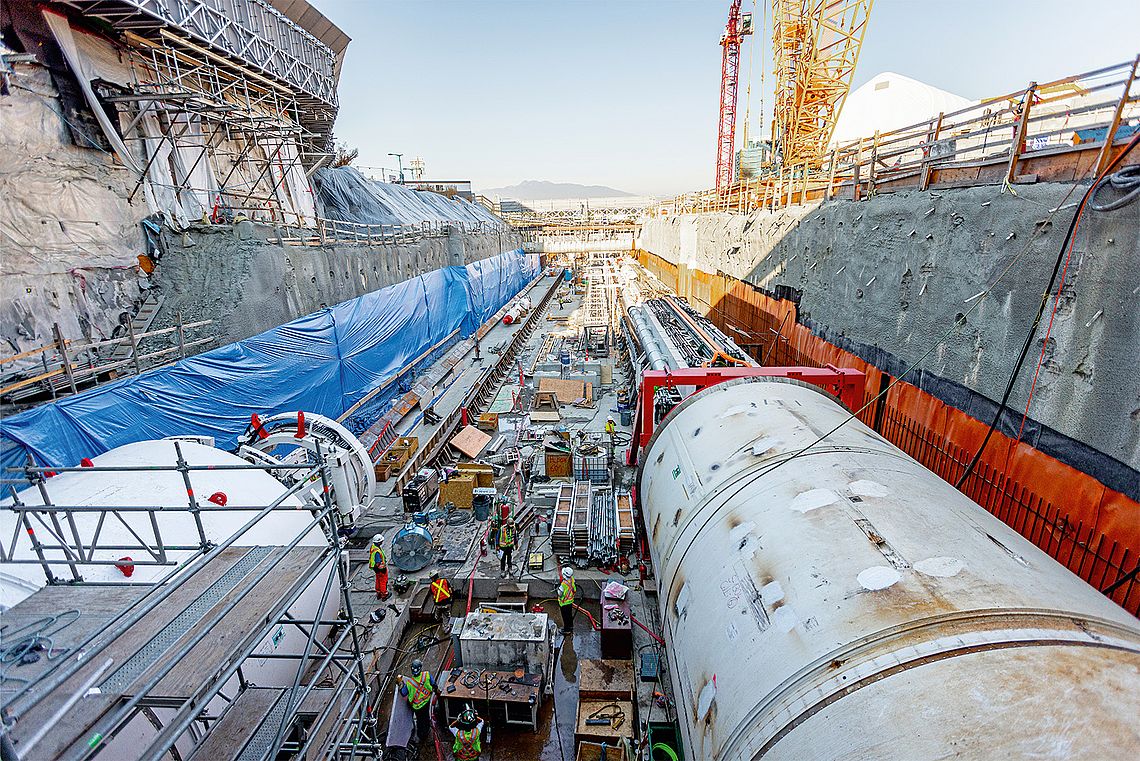
Elsie and Phyllis are two tunnel boring machines of the EPB Shield type (Ø 5,960 mm) delivered by Herrenknecht and employed by the contracting joint venture consisting of the Spanish Acciona and Italian Ghella. Tunnelling started at the future Great Northern Way-Emily Carr Station.
© B.C. Ministry of Transportation and Infrastructure
Smooth tunnelling
That’s due to a combination of factors, including the smooth tunnelling operations and coordination. The sole construction delay was due to a labor action by concrete workers rather than any poor planning or execution of the actual construction. The scheduled opening was moved back only a few weeks, from late 2025 to early 2026.
“For any project this ambitious, there are always a few minor bumps in the road – or in the case of tunnelling, 20 meters below the road. The collaboration we’re experiencing with our partners has been exemplary,” says Steffen Dubé, president and general manager of Herrenknecht USA and Canada. “And the support from the public has been very encouraging. People can see the benefits for generations to come.”
Welcomed by many environmentalists
Those benefits include not only increasing ridership from the current estimated 120 million passengers in 2023. It is also opening up portions of Vancouver to commercial and residential growth to meet emerging economic, social, and cultural needs in one of the fastest-growing cities in North America, thanks in large part to immigration.
The Broadway Subway Project is welcomed by many environmentalists in Canada, where in 2022 the government set national goals of reducing greenhouse emissions by 40 percent below 2005 levels, with 741 megatons CO2 equivalent, by 2030, and net-zero emissions by 2050.
“This major milestone brings us one step closer to opening a vital zero-emission rapid transit connection that will move approximately 150,000 people per day, reduce congestion, and lower greenhouse gas emissions,” said Kevin Quinn, chief executive officer of TransLink.
1 million
more people and
600,000
new jobs are forecast for Vancover in 2050
A unique city
Vancouver’s geography is unique. The city is settled in a comfortable, picturesque bowl, hemmed in by the United States border to the south, the Pacific Ocean to the west, mountains to the north, and prized agricultural land to the east.
It’s cozy. It’s scenic. But with those natural barriers, there is no room to grow. And the region of Metro Vancouver is growing – the population has swelled from 1.8 million in 1996 to 2.8 million today. That growth rate is expected to continue to 3.2 million in 2030, to 3.5 million in 2040, and to 3.8 million in 2050. In addition to the 1 million more people, the city will add 600,000 new jobs.
All those people and all those jobs can only lead to more congestion in carcentric Vancouver, where many people drive because their only mass transit is a bus with limited efficiency. The city suffers from the fourth worst traffic in North America, after Mexico City, New York, and Toronto; studies show that it typically takes 22 minutes to drive a mere 10 kilometers.
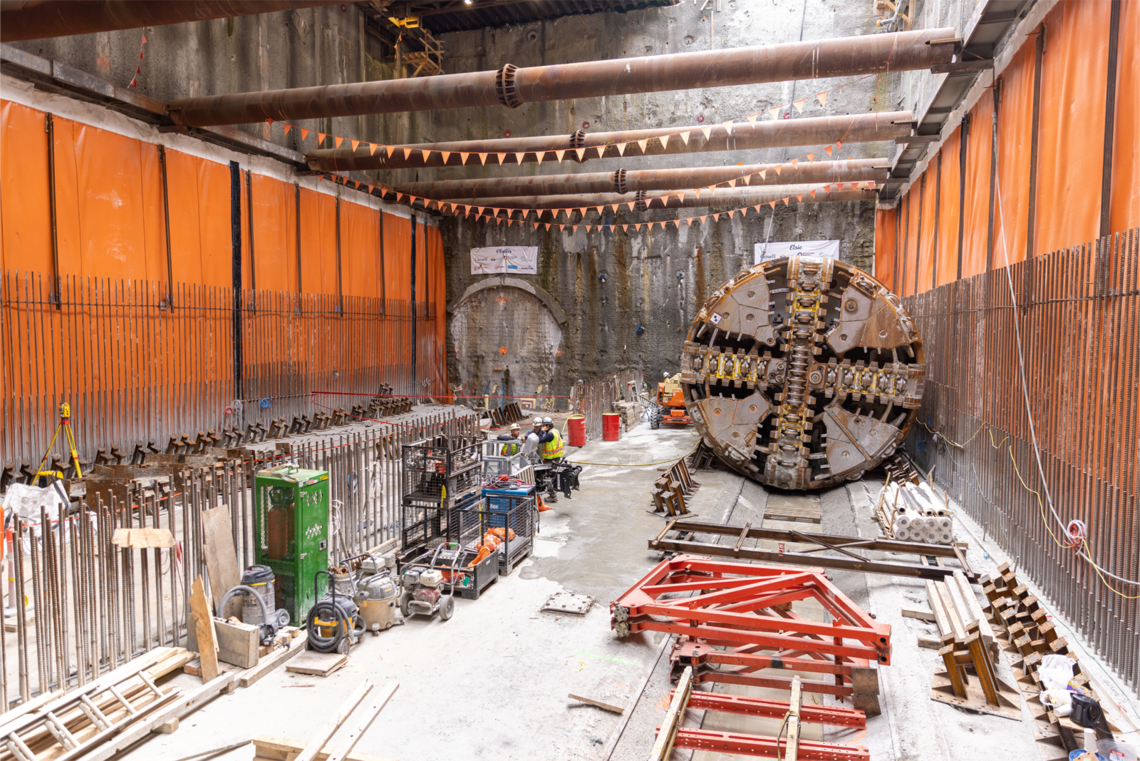
Elsie arrived at Broadway-City Hall Station on April 14, 2023. Phyllis followed on May 26.
© B.C Ministry of Transportation and Infrastructure
Saving 30 minutes a day
SkyTrain opened in 1985 as the longest fully auto-mated driverless rail system in the world and is still the longest in the Americas or Europe. An extension of the Millennium Line was long envisioned, and the need has become more apparent and more pressing. Two buses serve the Broadway Corridor now – the No. 9 local and the No. 99, widely regarded as express in name only. It is the busiest single bus route in the United States or Canada, carrying just over 30,000 passengers a day.
For commuters moving from the residential neighborhoods and suburbs on the east side of Vancouver to the Broadway Corridor on the western peninsula, the Broadway subway extension is expected to save 30 minutes a day in travel time. A considerable gain in time prosperity.
Transforming the way people travel and live
Rob Fleming, the British Columbia minister for transportation and infrastructure, says the Broadway subway extension will provide affordable and efficient transit connections and create new opportunities for affordable housing, community amenities, and commercial services. “This is an exciting milestone for a critical infrastructure project that will transform the way people travel and live in and around the Broadway Corridor,” he declares.
Many future commuters will be part of the immigration wave helping make Vancouver such a vibrant and growing city. “Immigration is the biggest driver of the population growth,” states a senior Canadian government immigration official. He notes that Vancouver’s perch on the Pacific Rim makes it particularly appealing for Asian immigrants taking advantage of Canadian policies. Both high-income entrepreneurs investing in technology startups and daily wage seekers taking entry-level jobs are welcome.
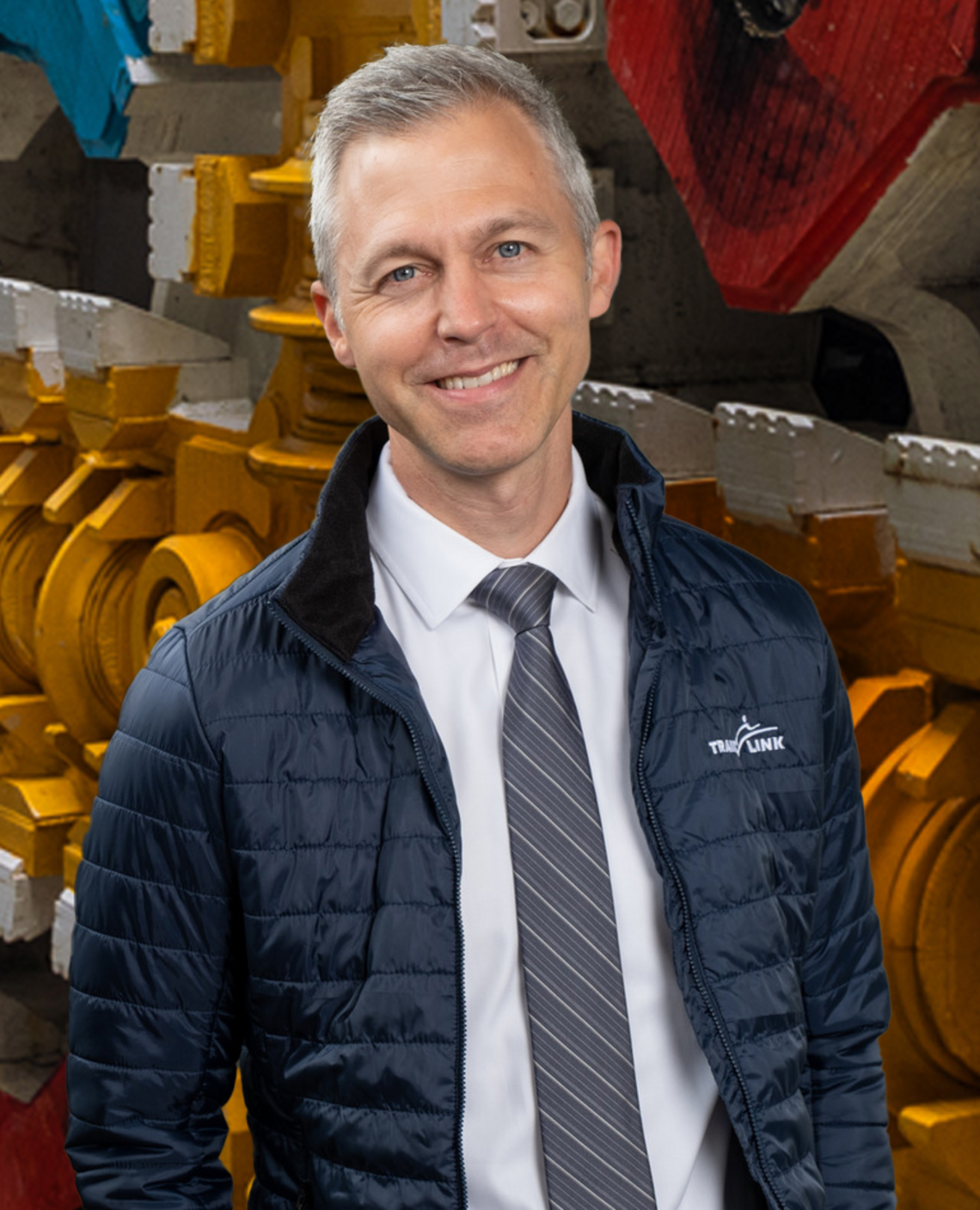
© TransLink
“This major milestone brings us one step closer to opening a vital zero-emission rapid transit connection that will move approximately 150,000 people per day, reduce congestion, and lower greenhouse gas emissions.”
Kevin Quinn, Chief Executive Officer, TransLink
Density and efficiency
Paul Richter is a leading Vancouver property analyst. He believes that the Broadway subway extension will inspire high-density residential and commercial development. It thus provides a key to success for the world’s major cities in the 21st century. He points out Vancouver’s housing vacancy rate is under 1 percent.
“This project is going to unlock a number of development opportunities,” he says. “Ultimately, the plan should bring significant amounts of new housing, rental and condo, podium and street-level office and retail, along with improved access for all metropolitan region residents who can easily access rapid transit.”
Richter says Vancouver’s “hospital zone” along the Broadway Corridor, including Vancouver General and dozens of doctors’ offices, labs, and clinics, will find it easier to expand and recruit staff from doctors to maintenance workers to keep that tunnelling-obsessed three-year-old healthy when he’s middle-aged.
Visionary future
From Richter’s point of view, a future expansion of the subway will produce even more change – all the way to the prestigious University of British Columbia on the Pacific shore. An example is Jericho Lands, a First Nation development. The 90-acre development will add tens of thousands of units of both rental apartments and condos, including affordable housing aimed at semi-skilled workers, among them immigrants, with jobs at the university, in the hospital zone, and beyond.
In 30 to 40 years, or another generation or two, that three-year-old boy today obsessed with Elsie and Phyllis can take them for granted. Imagine him leading a largely environmentally sustainable lifestyle with a light carbon footprint as he works, shops, goes to grad school, and commutes with a still efficient SkyTrain. He discusses enthusiastically with his son or daughter the progress of the next generation of tunnel boring machines building new subway lines in Vancouver.
Timothy Harper
is a journalist and author of books. Harper, an award-winning journalist, previously covered the construction of the Channel Tunnel as well as the 63rd Street Tunnel in New York City. Harper writes for leading U.S. media outlets.
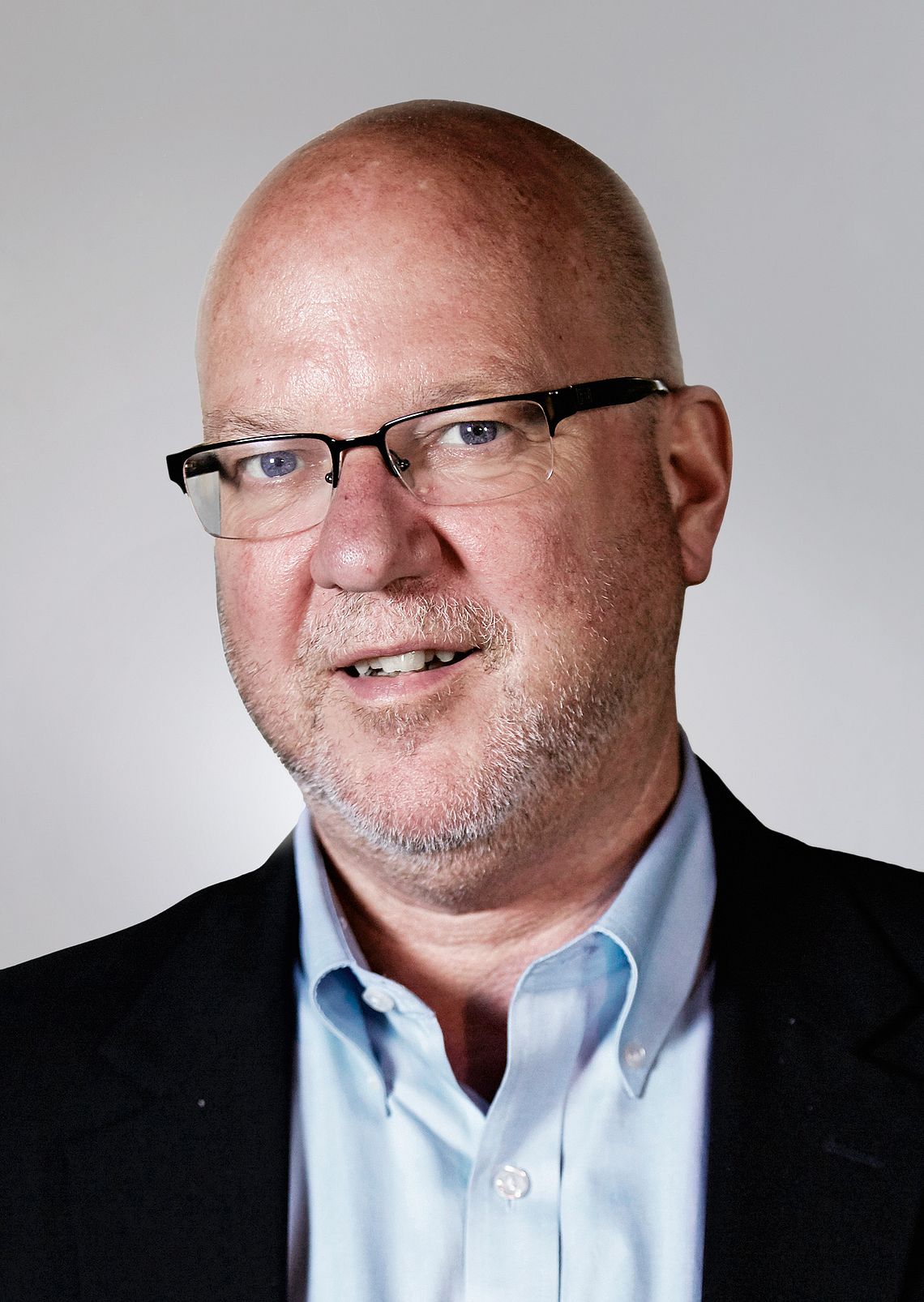
| PROJECT DATA | MACHINE DATA | |
|---|---|---|
| Client: Province of British Columbia | Total tunnelling length: 2x 3,500m |
Machine typ: 2× EPB Shield (“Elsie” and “Phyllis”) |
| Contractor: Broadway Subway Project Corporation | Geology: 90 % bedrock -sandstone, mudrock, volcanics, conglomerate; 10 % glacial drift of gravel, sand, silt and clayey soils; glacial till of well graded deposit of sand |
Diameter: 5,960 mm |
| Application: Metro | Cutterhead drive power: 1,400 kW |
Header image: © B.C. Ministry of Transportation and Infrastructure